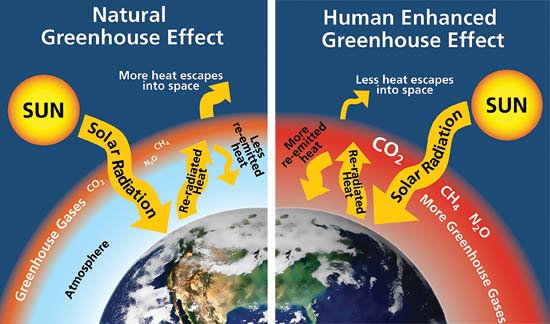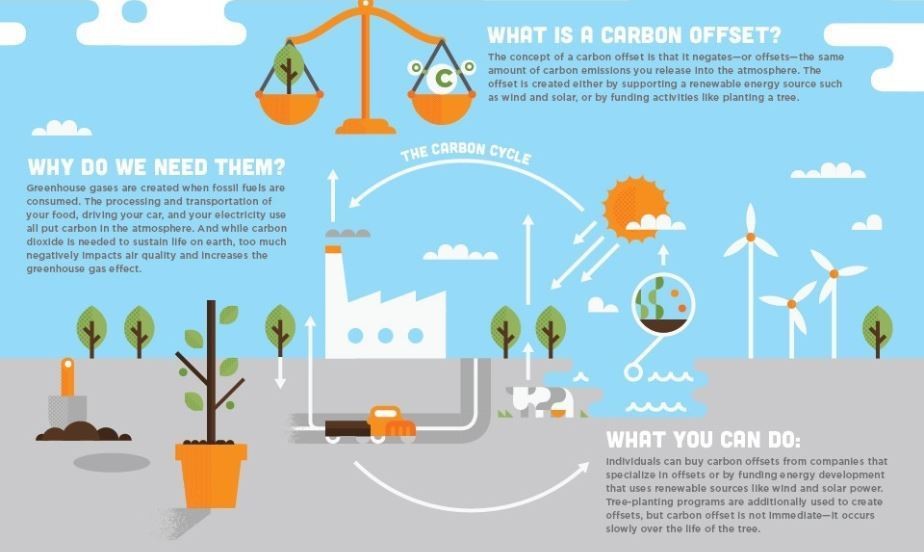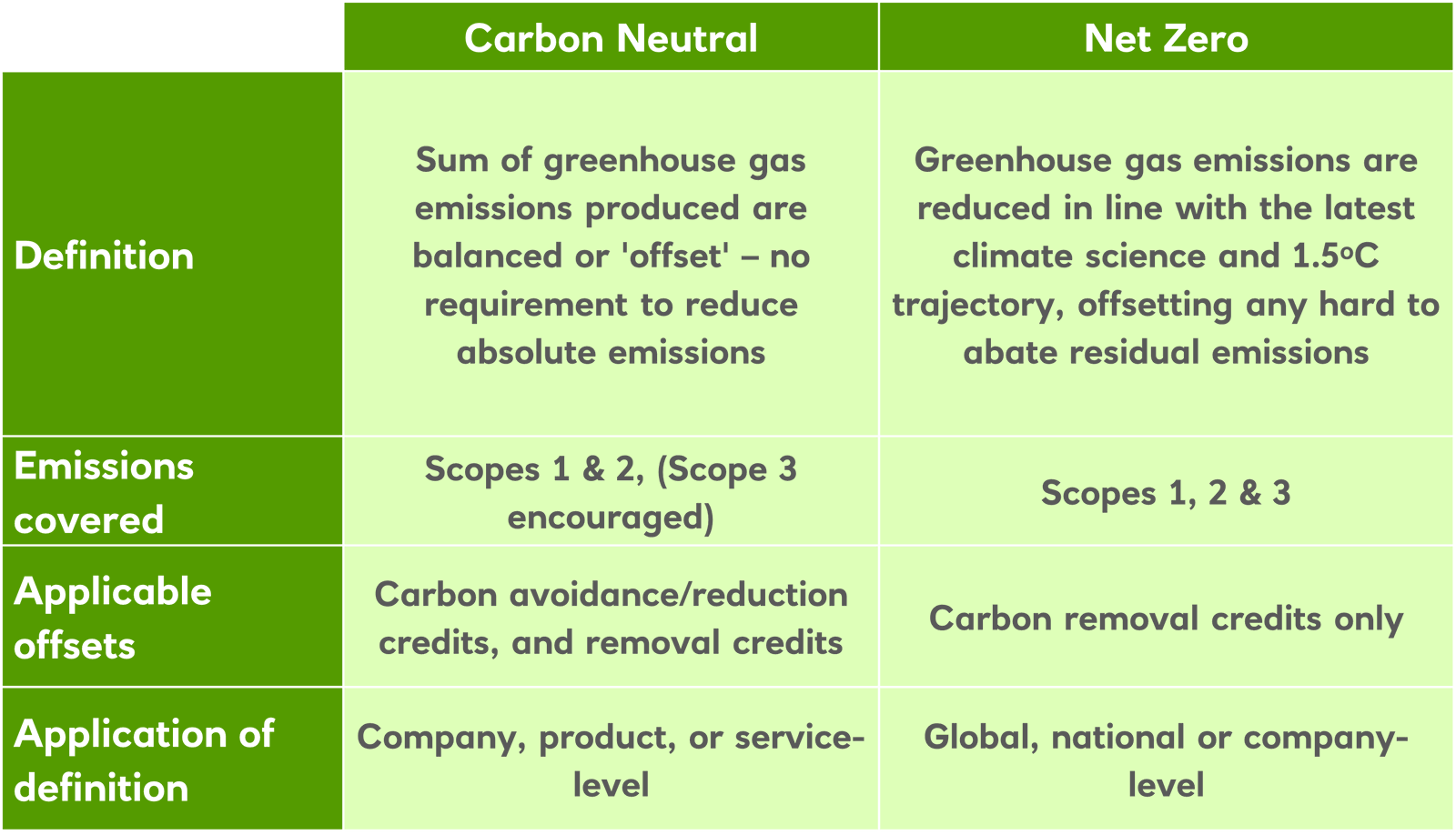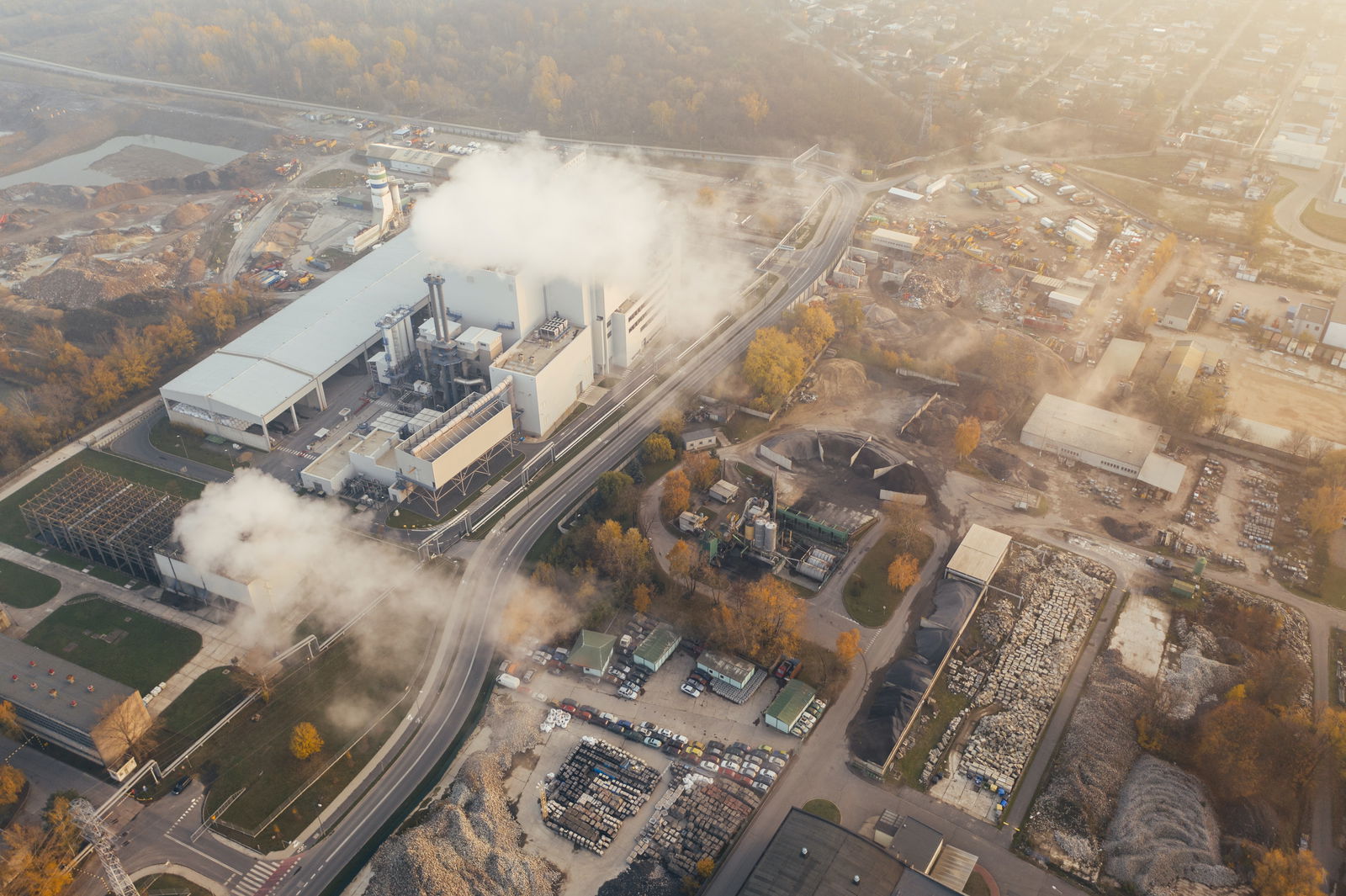Carbon neutral vs. net zero: Understanding the differences and implications


· 10 min read
💡 This article is featured in The Definitive Reading List: illuminem’s Recommended Sustainability Classics. It is also part of an educational series to spread free & quality sustainability knowledge for all.
Welcome to the world of climate action, where terms like "carbon neutral" and "net zero" have become buzzwords in the fight against climate change. As the urgency to combat global warming grows, it is crucial to grasp the nuances and implications of these two concepts. This article will delve into the intricacies of carbon neutral and net zero, exploring their definitions, approaches, and potential impacts. By understanding the distinctions between these terms, you will gain a clearer picture of the strategies being employed to mitigate carbon emissions and pave the way towards a sustainable future. So, let's embark on this informative journey and unravel the mysteries behind carbon neutrality and net zero.
Greenhouse gas emissions are at the heart of the global climate crisis we face today. When discussions about greenhouse gasses arise, CO2 is often the main gas that comes to mind. However, CO2 is not the only greenhouse gas out there, although it is the most prominent. Other gasses like methane (CH4), nitrous oxide (N2O), and fluorinated gasses are also examples of greenhouse gases as they create a "greenhouse effect."

This effect traps heat from the sun and prevents it from escaping back into space, leading to a gradual rise in global temperatures. The primary sources of GHG emissions include burning fossil fuels for energy, deforestation, industrial processes, and agriculture. These emissions contribute to the overall concentration of greenhouse gases in the atmosphere, intensifying the planet's warming trend and causing adverse effects like rising sea levels, extreme weather events, and biodiversity loss. To mitigate climate change, emission reduction has become an urgent global priority.

Efforts to address GHG emissions involve various strategies at different levels, from individual actions to international agreements. On an individual level, simple yet impactful steps such as conserving energy, using energy-efficient appliances, reducing reliance on fossil fuels for transportation, and adopting sustainable practices can contribute to emission reduction. At the corporate and industrial levels, companies are increasingly adopting cleaner technologies, improving energy efficiency, and incorporating renewable energy sources into their operations. Additionally, governments play a vital role in setting emission reduction targets, implementing regulations, and promoting clean energy policies.
Internationally, the Paris Agreement, adopted in 2015, has been a milestone in the global response to climate change. The agreement aims to limit global temperature rise well below 2 degrees Celsius above pre-industrial levels and to pursue efforts to limit the temperature increase to 1.5 degrees Celsius. Countries have committed to submitting their own nationally determined contributions (NDCs), outlining their emission reduction targets and strategies.

It is essential to understand the basics of GHG emissions to comprehend the significance of carbon neutral and net zero concepts. These concepts represent ambitious targets and strategies for reducing and ultimately balancing the amount of greenhouse gases released into the atmosphere. By aiming for carbon neutrality or net-zero emissions, societies, industries, and nations strive to achieve a balance between emissions released and emissions removed or offset through measures like reforestation, carbon capture and storage, and investing in renewable energy projects.
Carbon neutrality and net zero emissions are two terms that are often used interchangeably, but they have slightly different meanings. The two are all about reducing our carbon footprint. Notwithstanding, we shouldn’t just lump them together and assume they are the same.
First, carbon neutrality refers to the state of emitting an equal amount of carbon dioxide (CO2) into the atmosphere as is removed. Entities can achieve carbon neutrality through a variety of methods, such as reducing CO2 emissions, offsetting CO2 emissions, or a combination of both. This means carbon neutrality focuses on your carbon footprint alone
Net zero emission refers to the state of emitting no net greenhouse gases (GHGs) into the atmosphere. Thus, it means the focus isn’t only on carbon. The focus is on carbon and other greenhouse gases. Ultimately, this means that the amount of GHGs emitted is equal to the amount of GHGs removed from the atmosphere. This means net zero emission doesn’t focus on carbon footprint alone. It accounts for all GHG emissions.
The main difference between carbon neutrality and net zero emissions is that carbon neutrality focuses on CO2 emissions, while net zero focuses on all GHG emissions. This is because CO2 is the most abundant GHG but not the only one. Other GHGs, such as methane and nitrous oxide, also contribute to climate change.
Net zero emissions is a more ambitious goal than carbon neutrality, as it has a wider focus. As climate change is a serious threat, it will require us to take action to reduce our emissions. Thus, net zero emission is a necessary step towards averting the worst effects of climate change. With organizations like the Science Based Targets initiative, the path to net zero emissions has gotten clearer. In 2021, the world’s first Net-Zero Corporate Standard was launched by SBTi. The standard aligns with the Paris Agreement’s goal of keeping planetary warming to 1.5°C.

Source: World Economic Forum
Carbon offsetting plays a vital role in the current environmental landscape. It helps businesses achieve net zero carbon emissions and limit global warming. It is a mechanism that allows individuals, organizations, and governments to compensate for their carbon emissions by investing in projects or activities that reduce or remove an equivalent amount of greenhouse gases from the atmosphere.
Carbon offsets are essentially credits representing the reduction, avoidance, or removal of one metric ton of carbon dioxide (or its equivalent in other greenhouse gases). These credits are generated through projects that aim to reduce emissions, increase energy efficiency, or enhance carbon sequestration in natural or engineered systems. Examples of carbon offset projects include renewable energy installations, reforestation initiatives, methane capture from landfills, and afforestation projects.
To understand how carbon offsetting works, let's consider an example. Suppose a company produces a certain amount of carbon emissions through its operations. To offset these emissions, the company may choose to purchase carbon credits and invest in a reforestation project. Trees, as natural carbon sinks, absorb carbon dioxide from the atmosphere and store it in their biomass. By supporting the reforestation project, the company can help increase the number of trees and the overall carbon sequestration capacity, effectively offsetting its own emissions.
It's important to note that carbon offsetting should not be seen as a substitute for reducing carbon emissions at the source. The primary focus should always be on implementing measures to minimize emissions through energy efficiency, renewable energy adoption, and sustainable practices. However, in cases where complete elimination of emissions is challenging or not immediately feasible, carbon offsets provide a temporary means to compensate for emissions and contribute to overall emission reduction efforts.
Carbon offsets can be a valuable tool in the transition toward net zero carbon emissions. They enable entities to take responsibility for their emissions while supporting projects that directly contribute to reducing greenhouse gasses or enhancing carbon sinks. However, ensuring that the carbon offset projects are carefully selected, verified, and adhere to recognized standards or protocols is crucial to guarantee their environmental integrity and effectiveness.
As the journey toward net zero carbon emissions continues, it is essential to view carbon offsetting as a complementary measure alongside comprehensive emission reduction strategies. By combining efforts to reduce carbon emissions at the source, invest in renewable energy, and support sustainable practices with the appropriate use of carbon offsets, we can make significant progress in achieving a more sustainable, low-GHG future.
No, carbon neutral is not the same as net zero. Carbon neutral means that the amount of carbon dioxide released into the atmosphere is equal to the amount of carbon dioxide removed from the atmosphere. Net zero means that the total amount of greenhouse gases released into the atmosphere is equal to the amount of greenhouse gases removed from the atmosphere.

Gabon is a carbon neutral; country. The Central African country has also committed to remaining a carbon-neutral country up to 2050 and beyond. Note that carbon neutral is not to be confused with carbon negative. Bhutan and Suriname are examples of carbon-negative countries.
No, Bitcoin is not carbon neutral. Bitcoin mining, the process of creating new Bitcoins and verifying transactions, requires substantial computational power and energy consumption. The majority of Bitcoin mining operations rely on fossil fuel-based energy sources, which contribute to carbon emissions and have a negative impact on the environment. Efforts are being made to explore and implement more sustainable mining practices, but as of now, Bitcoin's energy consumption and carbon footprint remain significant concerns.
The most carbon neutral country in Europe is Sweden. Sweden has a long history of environmentalism and has been a leader in the development of renewable energy. In 2017, Sweden passed a law that commits the country to achieving carbon neutrality by 2045. Sweden has already made significant progress toward this goal.
The 23.6 million hectares of Gabon’s forests absorb around 140 million tonnes of carbon dioxide every year and emit approximately 30 million tonnes. This places it among the few net-carbon absorbers.

By understanding what net zero and carbon neutrality mean, we can be better equipped to tackle the GHG problem appropriately. Both approaches play a crucial role in mitigating greenhouse gas emissions and limiting global warming. In addition, carbon offsetting offers a mechanism to compensate for emissions through investments in projects that reduce or remove greenhouse gases from the atmosphere.
However, it should not replace the primary focus on reducing emissions at the source. As we continue on the journey toward net zero emissions, a comprehensive approach combining emission reduction strategies, renewable energy adoption, sustainable practices, and the appropriate use of carbon offsets is crucial. By striving for net zero carbon emissions and promoting sustainable practices globally, we can set the stage for a sustainable future for all.
Carbon Storage by Urban Forests (U.S. National Park Service). (n.d.). https://www.nps.gov/articles/000/uerla-trees-carbon-storage.htm
Gabon. (n.d.). UNDP Climate Promise. https://climatepromise.undp.org/what-we-do/where-we-work/gabon
Overview of Greenhouse Gases | US EPA. (2023, April 13). US EPA. https://www.epa.gov/ghgemissions/overview-greenhouse-gases
SBTi Launches World-First Net-Zero Corporate Standard. (n.d.). WWF. https://wwf.panda.org/wwf_news/?4113966/SBTi-net-zero
Sweden Plans to Be Carbon Neutral by 2045 | UNFCCC. (n.d.). https://unfccc.int/news/sweden-plans-to-be-carbon-neutral-by-2045
The Paris Agreement | UNFCCC. (n.d.). https://unfccc.int/process-and-meetings/the-paris-agreement
illuminem briefings

Public Governance · Sustainable Mobility
Jesse Scott

Carbon Market · Carbon Regulations
illuminem briefings

Architecture · Carbon Capture & Storage
Nikkei Asia

Carbon Market · Carbon
Carbon Herald

Carbon Removal · Public Governance
Oil Price

Carbon Regulations · Carbon Market